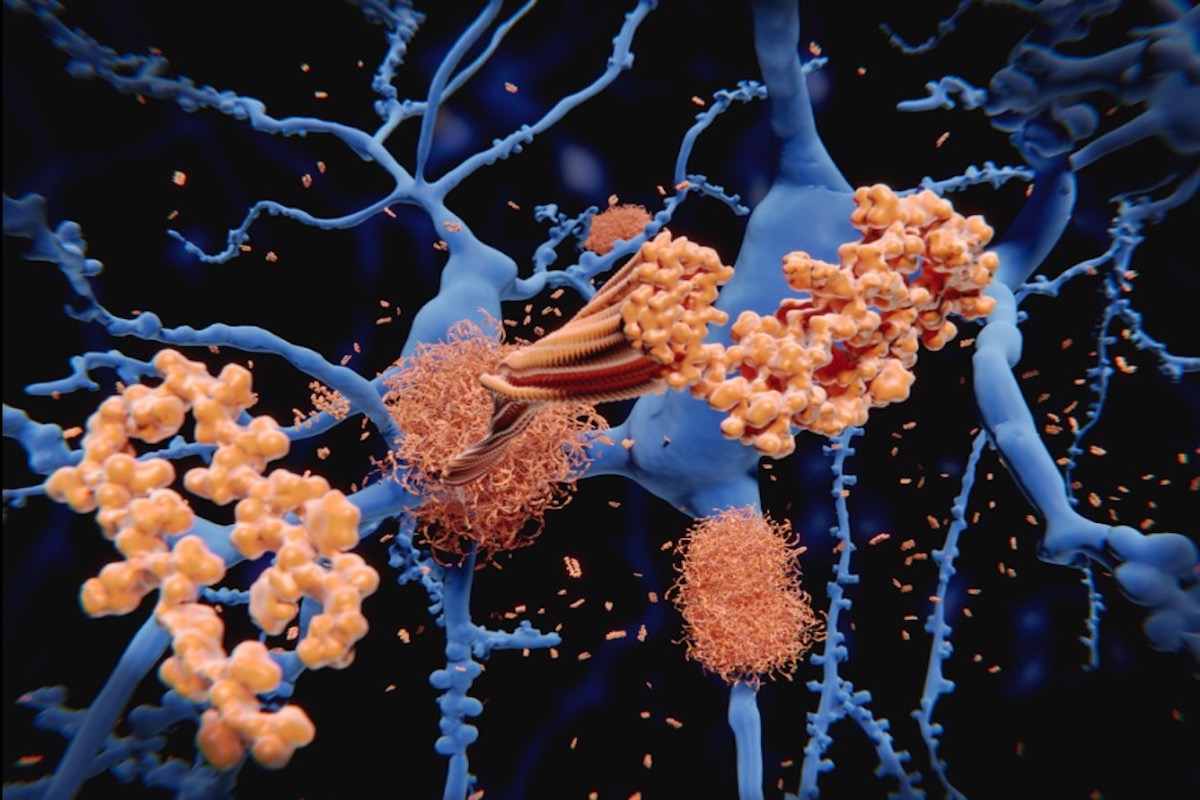Amyloidosis, sometimes also referred to as amyloid disease, is a rare but serious disease that affects the body’s ability to function properly. It occurs when abnormal proteins called amyloids build up in the body’s organs and tissues, leading to damage and dysfunction. Despite being a rare disease, it is estimated that between 4,500 to 7,500 people are diagnosed each year in the US.

However, the exact number of people living with the condition is difficult to determine as many cases may go undiagnosed. Although it is not very common in the US, it can be a serious and life-threatening condition for those who develop it. Therefore, it is vital to be well-informed about what amyloid disease is, how you can recognize it, and what you should do next.
What Is Amyloidosis?
Amyloid disease is a condition where abnormal proteins called amyloids build up in the body’s tissues and organs. Which causes damage and dysfunction. These proteins are usually produced in the bone marrow and can deposit in various parts of the body, including the heart, kidneys, liver, spleen, and nervous system. Over time, the buildup of amyloid proteins can interfere with normal organ function, leading to organ failure and other serious health problems.
Causes & Types of Amyloidosis
There are several types, each with its own unique causes and symptoms. The most common type is called AL amyloidosis. Which occurs when the bone marrow produces abnormal antibodies that can’t be broken down properly. Other types of amyloid disease can be caused by genetic mutations, chronic infections, or other underlying health conditions. Some types may also be related to certain cancers, such as multiple myeloma. We’ve created an easy table, which gives an overview of all types, how it’s caused & the prevalence.
| Type | Cause | Prevalence |
|---|---|---|
| AL Amyloidosis | Bone marrow producing abnormal antibodies that cannot be broken down | 60-80% of cases |
| AA Amyloidosis | Chronic infections or inflammation | 15-20% of cases |
| Hereditary Amyloidosis | Genetic mutations | <10% of cases |
| Dialysis-Related Amyloidosis | Accumulation of proteins in patients undergoing long-term dialysis | <5% of cases |
| Age-Related Amyloidosis | Accumulation of amyloid in the heart and blood vessels in older people | Common in older adults, but prevalence unknown |
| Beta-2 Microglobulin Amyloidosis | Chronic kidney disease or long-term dialysis | <5% of cases |
| Primary Systemic Amyloidosis | Unknown cause, sometimes related to multiple myeloma or other cancers | Prevalence unknown |
Read: Plasma Cell Cancers: Types, Symptoms & Treatments
Who’s At Risk?
Amyloidosis can affect anyone, but certain factors can increase the risk of developing the condition. These include being older than 60 years old, having a family history of the disease, having a chronic infection or inflammation, or having certain genetic mutations. Men are also more likely than women to develop amyloid disease.
Symptoms of Amyloidosis
The symptoms of amyloidosis can vary depending on which organs and tissues are affected. Common symptoms include fatigue, weakness, weight loss, swelling in the ankles and legs, and difficulty breathing. Other symptoms may include numbness or tingling in the hands and feet, skin changes, and a decrease in urine output.
How Is It Diagnosed?
Diagnosing amyloidosis can be challenging, as the symptoms can be vague and may mimic other conditions. Doctors may perform several tests to confirm the diagnosis, including blood tests, imaging tests, and a biopsy of the affected tissue. In some cases, genetic testing may also be needed to identify specific mutations that can cause amyloidosis.
Complications of (Un)diagnosed Amyloidosis
Complications can vary depending on which organs and tissues are affected. Common complications include organ damage and dysfunction, heart failure, kidney failure, nerve damage, and increased risk of infections. In severe cases, the disease can be life-threatening. It’s important to receive proper medical care and treatment to manage the complications of the disease.
Treatment Options for Amyloidosis
There is currently no cure for this disease. However, there are several treatment options that can help manage the symptoms and slow the progression of the disease. These may include medications to reduce the production of amyloid proteins, chemotherapy or radiation therapy and organ-specific treatments to address damage to specific organs. In some cases, organ transplantation may be necessary to replace damaged tissue and restore normal organ function.
Although it’s a rare disease, it can be a serious and life-threatening condition for those who develop it. Therefore, if you experience any of the symptoms associated with this disease, it is important to speak with your doctor right away to receive a proper diagnosis and treatment plan. Fortunately, with the right care and management, many people with amyloid disease can live full and healthy lives. However, it’s important to stay informed and educated about the condition to manage it effectively. If you need more information, or want to know more about a specific type, you can start your search here:

